I have a pandas data frame, df, which looks like this:
Cut-off <=35 >35
Calcium 0.0 1.0
Copper 1.0 0.0
Helium 0.0 8.0
Hydrogen 0.0 1.0
How can I remove the decimal point so that the data frame looks like this:
Cut-off <= 35 > 35
Calcium 0 1
Copper 1 0
Helium 0 8
Hydrogen 0 1
I have tried df.round(0) without success.


